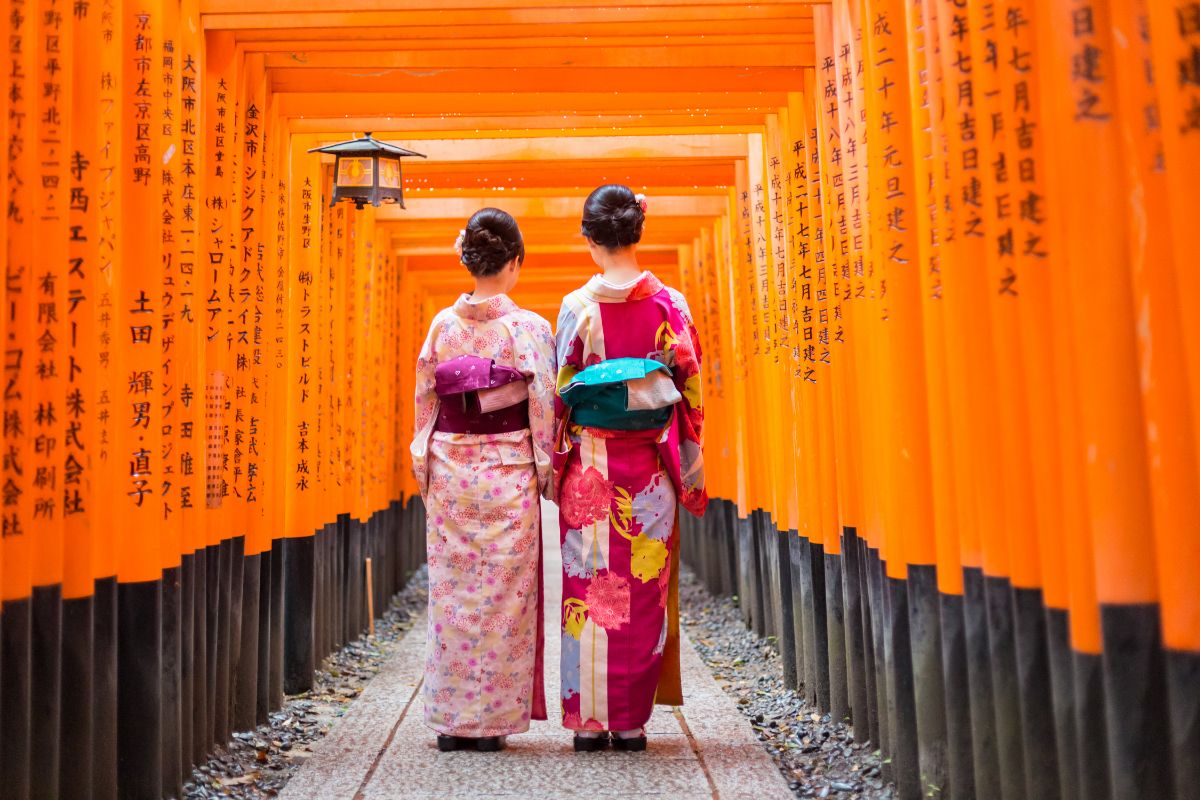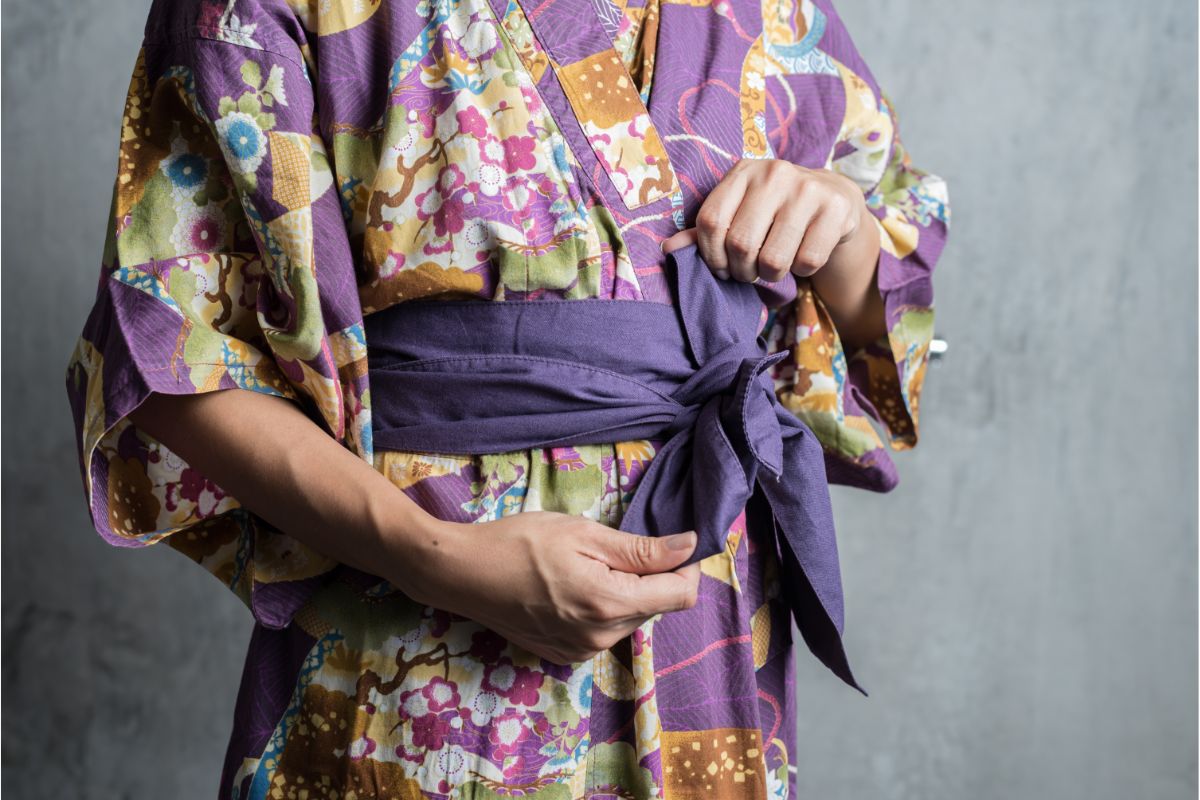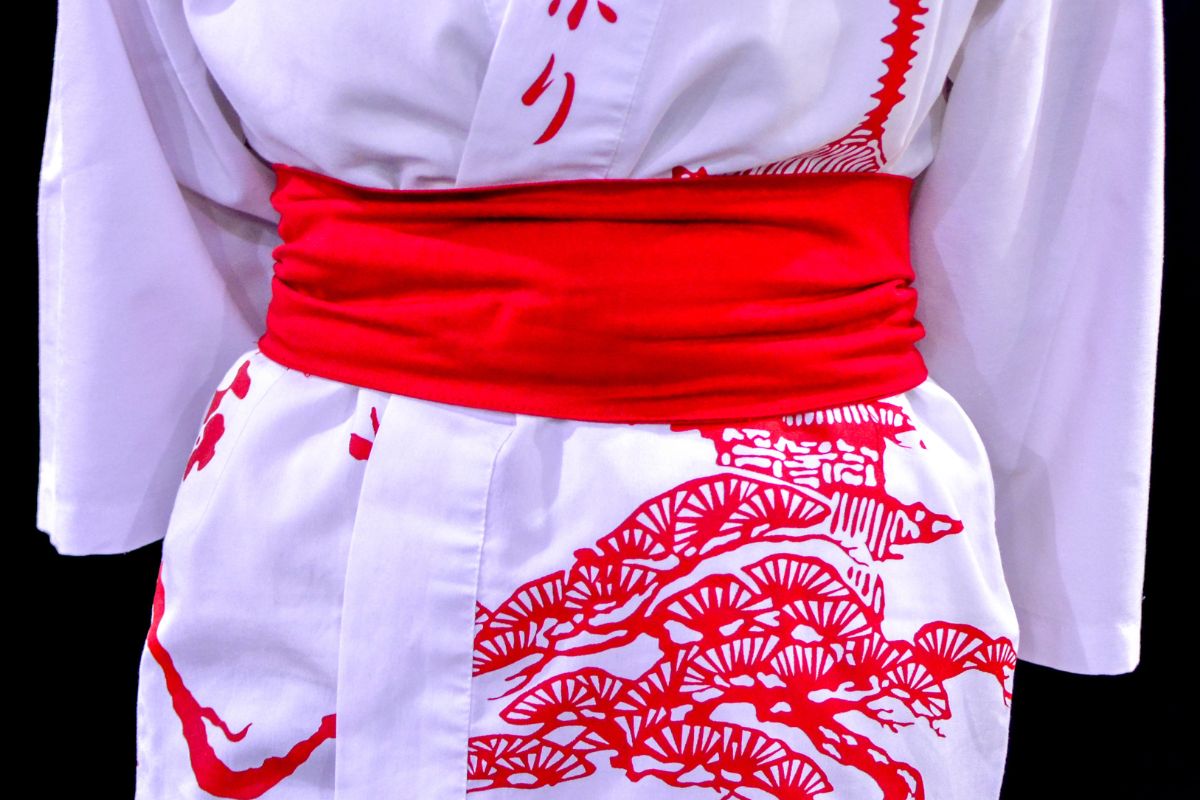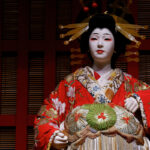Kimonos are traditionally worn by women, but they are also great for men who want to look stylish. They come in various styles, colors, and patterns. How do you choose the perfect one?
A kimono is a Japanese garment that covers the entire body from head to toe.

There are a few main types of parts to the kimono: the obi (or sash) and the haori (or jacket). The obi is usually tied around the waist and hangs down to the floor. The haori is usually worn over the obi and goes all the way to the ground.
There are several other accessories that go along with the kimono, such as obiage (a belt), obisame (a scarf), and obijime (a handkerchief).
The kimono is a classic piece of clothing that will never go out of fashion. You can wear them any time of day or night; however, it is best to avoid wearing them on hot summer days.
If you’re looking for something different from your usual wardrobe, then try on a kimono today!
What Exactly Is A Kimono?
A kimono is a traditional Japanese garment consisting of a long obi sash worn around the waist and tied at the back. The kimono is usually made of silk or cotton and features patterns on the fabric. Kimonos are not just for women anymore. Men can also wear them.
Kimono pants are a great alternative to jeans. They come in many styles and colors. For example, there are kimono pants in floral prints, stripes, plaids, solids, etc. You can even get matching kimono shirts and accessories.
Kimono Style Tips
1. Wear undergarments underneath the kimono. This helps keep the kimono clean and wrinkle-free.
2. Choose a color that matches your skin tone.
3. Make sure that the sleeves are long enough so that you don’t have to roll up the sleeves.
4. Try to match the pattern of the kimono with your clothes. For example, if you’re wearing a red top, make sure that the bottom hemline of the kimono is red too.
5. Don’t forget to tie the obi properly.
6. Be careful not to let the obi get tangled while walking.
7. To prevent the kimono from getting dirty, use a delicate brush to remove dust particles.
8. Avoid using perfume or cologne.
9. Keep the kimono away from water.
10. When taking off the kimono, pull it gently without ripping it.
The Men’s Kimono
The men’s kimono pieces typically consist of the ‘Hakama’ which are the loose-fitting trousers, and the Haori, which is the light coat, the difference in material is what makes these pieces men’s.
The Haori is made usually with a basic and simple silk weave, called ‘Habutai’.
Women’s kimonos typically tend to have more varieties of colors and patterns, which can be expected. Men’s kimonos stick to the basic color schemes of blacks and creams usually, and they don’t have strong patterns.
The family symbol on the kimono may have patterns and colors present, however.
Both men’s and women’s kimonos can be two pieces or one piece.
The Summer Kimono
There’s actually a specific kimono designed for the summer months called a Yukata. This kimono, like other types of Japanese clothing, has wide sleeves and straight seams.
The Men’s ones can be distinguished by the shorter sleeves. The men’s and women’s differ in the sleeve length from the armpit by around 10 centimeters.
What Makes The Yukata Unique?
A yukata is a Japanese garment that is similar to a kimono, but lighter and more casual. In Japan, it is typically worn during the warm season.
There are many types of yukatas, such as those made from silk, cotton, or polyester. Some people call it a “yukata kimono,” while others refer to it as a “summer kimono.”
The word yukata is derived from the verb “to bathe” in reference to the fact that the original version of the garment was used to cover up when taking a dip in a hot spring. Today, however, yukata refers to a specific type of light kimono, usually made out of lightweight materials.
The left side of your Yukata should wrap over the right side, just like other forms of kimonos, and then be secured with the usual obi of choice.
Traditionally, you can find these kimonos made of indigo-dyed cottons, and they were made popular in the 90s, resulting in a wider range of colors becoming available.
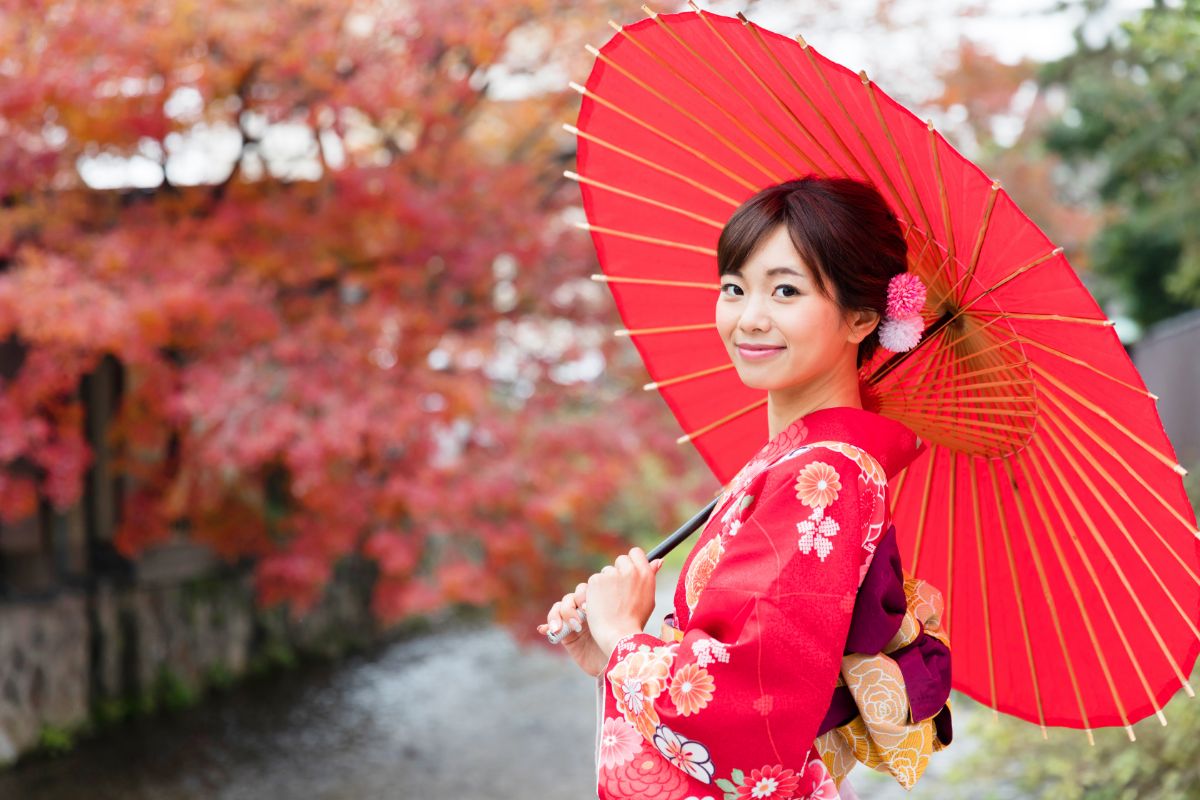
Different Ways You Can Style Your Kimono
Kimonos are lightweight layers you can wear in the spring and summer. They are especially a great piece to throw on in the summer when you want to throw on a layer, but it’s too hot to wear anything heavier.
Since a kimono is light and flowy, it’s easy to style and feel comfortable all day long.
Styling Traditionally
First, you’re going to want to tighten the robe around your waist. You may need to tie several knots to get the desired length. Make sure that the knots are even across the back. If there are any loose threads, pull them through the loops and tighten them.
Next, knot the sleeves of the kimono together at the ends of the sleeve. Pull the sleeves down and tie them at the wrist.
Now, knot the front of the kimono to accentuate the armholes. Knot the bottom panel of the kimono near the hemline. Knot the bottom panel again to finish the knot. Knot the top panel again to finish the final knot. You’re done!
Final Thoughts
If you have never worn a kimono before, make sure you practice tying the kimono first. This will help you become familiar with how the kimono looks and feel.
When wearing a kimono for the first time, take care not to wrinkle the fabric. To avoid this, use a pressing cloth to smooth out the creases.
- 16 Best Websites To Watch Japanese Movies With English Subtitles - May 11, 2023
- Is ZIPAIR The Best Airline For Traveling To Japan? - May 11, 2023
- Ryu Murakami Vs Haruki Murakami – Which One Should You Read? - May 11, 2023

